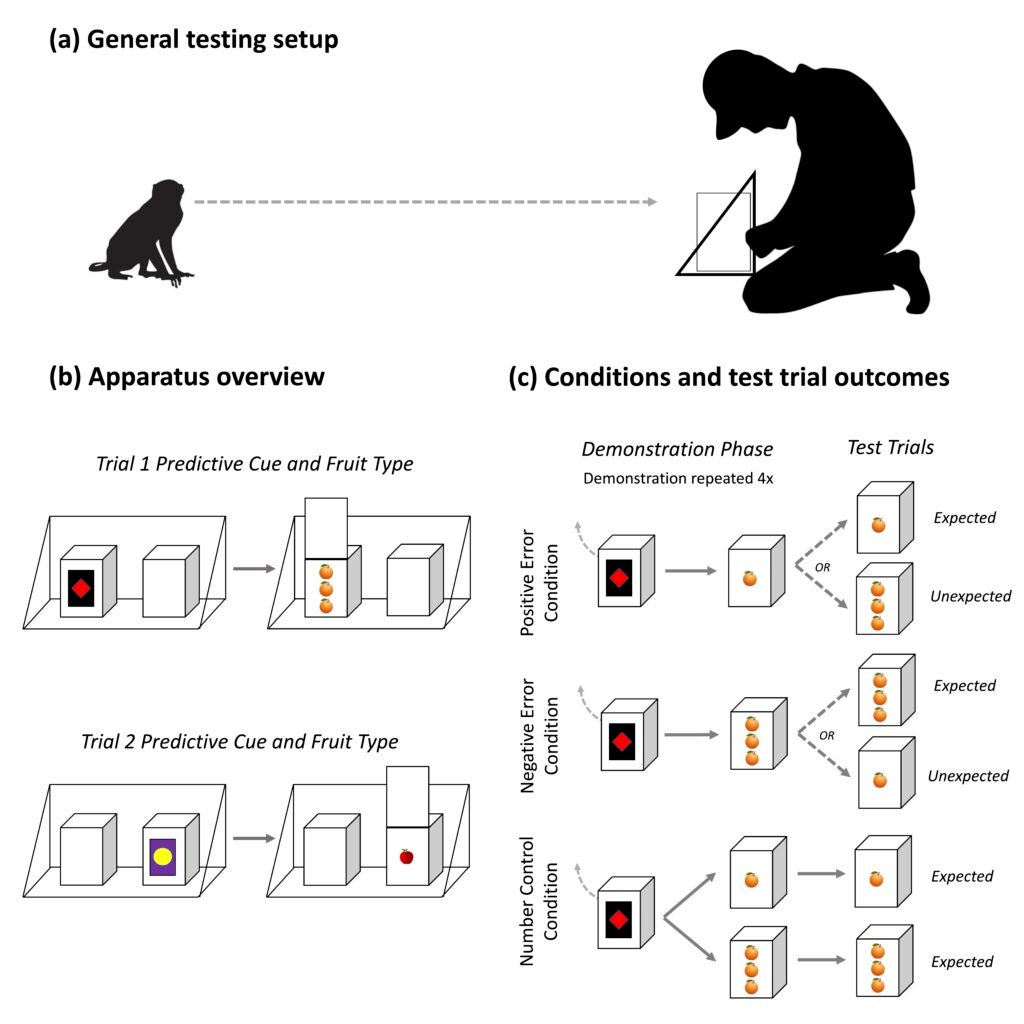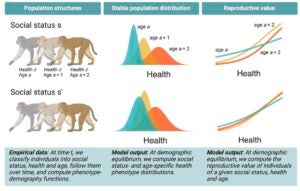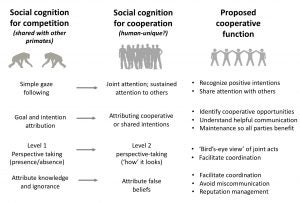Wild chimpanzees (Pan troglodytes schweinfurthii) use tools to access out of reach water
Mackenzie, C. Brodnan, S., Felsche, E., Sabbi, K., Otali, E., Wrangham, R., Rosati, A.G., & Machanda, Z.P. (2025). Wild chimpanzees (Pan troglodytes schweinfurthii) use tools to access out of reach water. American Journal of Primatology. [PDF] [Supplementary] [Publisher’s version]
Abstractchimpanzees living in Kibale National Park, Uganda, to test two possible functions of leaf‐sponges and other drinking tools. On
the one hand, chimpanzees may use tools to access water that is hard to reach, which predicts that chimpanzees will pref-
erentially use tools to drink at tree holes and crevices compared to all other locations. Conversely, chimpanzees may use these
tools to filter stagnant water, in which case they would use tools more often at holes and puddles compared to running water
sources (e.g., streams). We compared both likelihood of using a tool to drink at different locations, as well as overall rates of
drinking, and found chimpanzees in this community most often drink from streams without tools. However, when they do use
tools, they preferentially do so to drink at tree holes. Given known age and sex effects on tool use in chimpanzees, we also
examined demographic variation in drinking tool use to understand the emergence of this behavior. While females use tools
more often than males overall—in part driven by differences in drinking rates at different locations—both males and females
use tools more frequently at tree holes than other locations when they do drink there. Finally, comparisons by age indicate that
this selectivity strengthens over development with older chimpanzees showing a more pronounced effect of using tools more
often at tree holes, suggesting that younger chimpanzees may exhibit exploratory tool use behavior. These results pinpoint the
specific function of tool use during drinking and further suggest that even simple tools may require learning for use in
appropriate contexts.

Wild chimpanzees (Pan troglodytes schweinfurthii) use tools to access out of reach water Read More »













